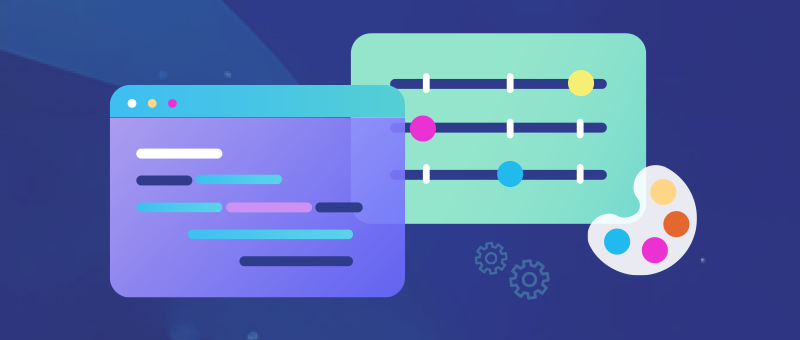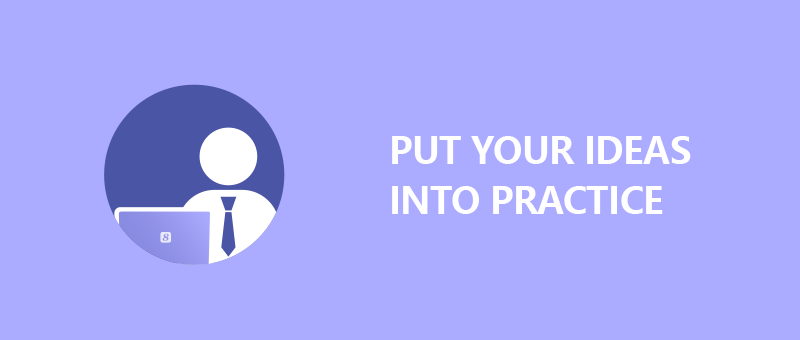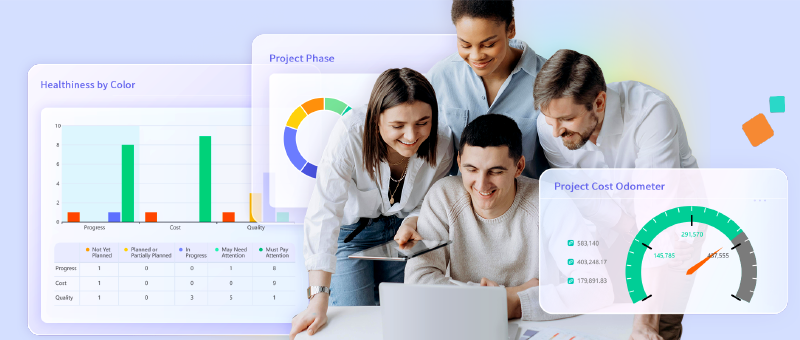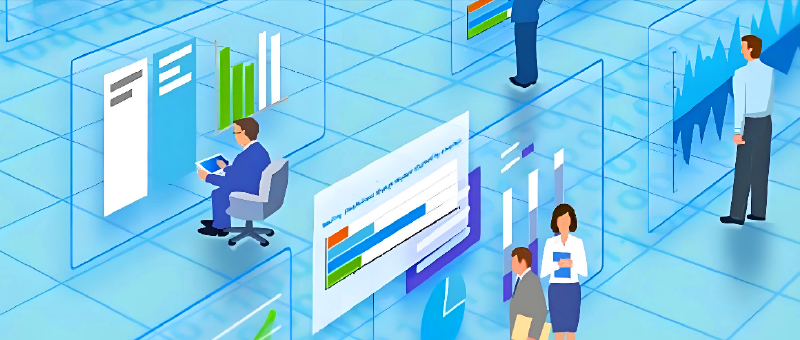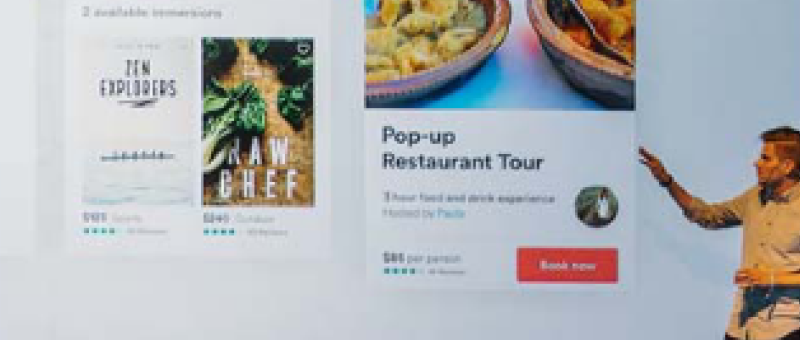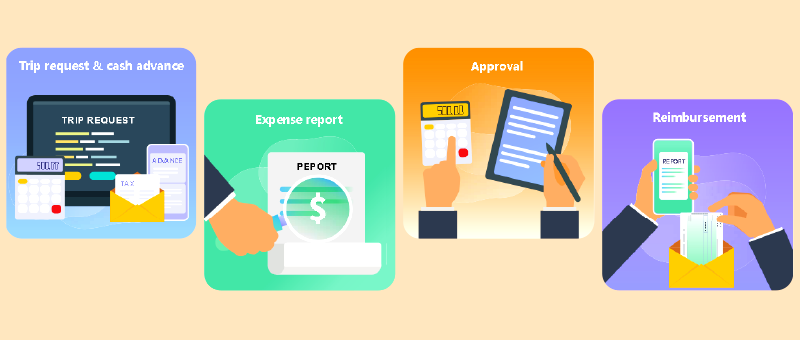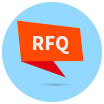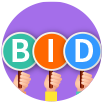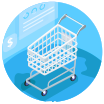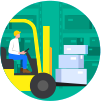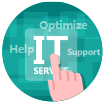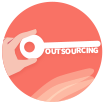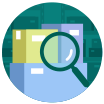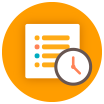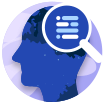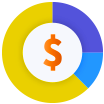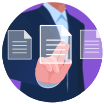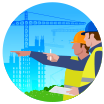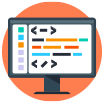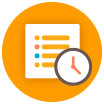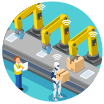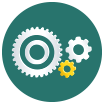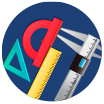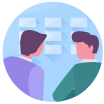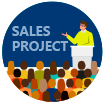
-
Technological Benefits
The history of application software is not lengthy, only stretching back about 50 years. In the 1980’s and 1990’s, when application software reached its 25-year milepost, we developed silo systems and used EAI to link them together. At that time, human beings simply couldn’t create one system or a few systems that would satisfy the general needs for enterprise automation because we were limited by our experience at that time. The silo systems that we created are in use by many organizations today and have created the following barriers in work environments:
- Nonaligned priorities
- Lack of information flow
- Lack of coordinated decision-making across silos
The barriers made strategies, priority settings, projects, assignments and operational activities across departments and geographical locations very difficult. Most importantly, the barriers heavily affect the accuracy and timeliness of information flow and decision-making and tremendously weaken management effectiveness.
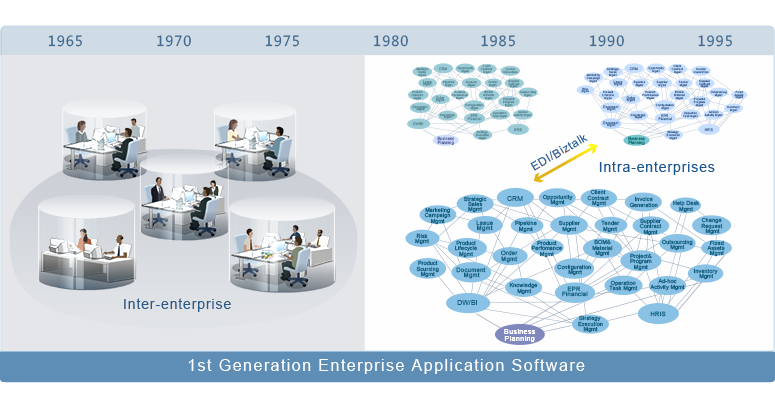
By the time we reached the 2010’s, we had doubled our amount of experience (50 years) and we could model one system or fewer systems to accomplish the general enterprise automation needs. 8MSaaS is the newer generation of enterprise application software using new application model which was refined from the model developed in the 1970 to 1990’s and the mobile internet and J2EE technology. The new application model combined with the modern technology connects the enterprise with its buy-side in real-time, enabling critical interactions among various people in the enterprise and on the buy-side. It utilizes the cloud to provide a single view of transactions and data to all parties involved in the multi-party workflow. Similarly, the new architecture can also connect the enterprise with its contractors and suppliers in real-time to allow instant notifications and adjustments in plans and actions when the changes occur. The new architecture dramatically reduces risk, delivers efficiencies and enables rigorous compliance that keeps pace in a fast-changing business environment.

8MSaaS is the 2nd generation of enterprise application software using new application model which was refined from the model developed in the 1970 to 1990’s. The new application model has the practical benefits described in the paragraphs below on this page.
-
Reduce Fragmentation, Cost & Inefficiency

During 1970 to 1990’s, humans weren’t as experience on enterprise application modeling as today; it was natural to have the silo views when developing enterprise application software. At that time, it was the common practice to integrated inconsistent and overlapping applications to serve the needs of an enterprise. Since the turn of the century, humans has gained double amount of experience in enterprise application modeling and the integrated application model (features for different application areas were designed to work together from day one) was adopted by different developers to various degrees. Of course, the wider the coverage of the integrated application development will be more difficult to do than the narrower coverage ones. The integrated application allows real-time data interconnected across functions in the same database and provided the following benefits:
- Integrated management – People seeing the cause-and-effective relationship of action and result from one area to the other
- Big data are already ready in day one
- Ardware, system software and IT labor savings
The biggest gain is in management effectiveness because the real-time interconnected data can yield more timely and much more effective decisions. The tangible cost-savings are in the areas of data warehousing, hardware, software and IT labors.
-
Higher Efficient External Connectivity
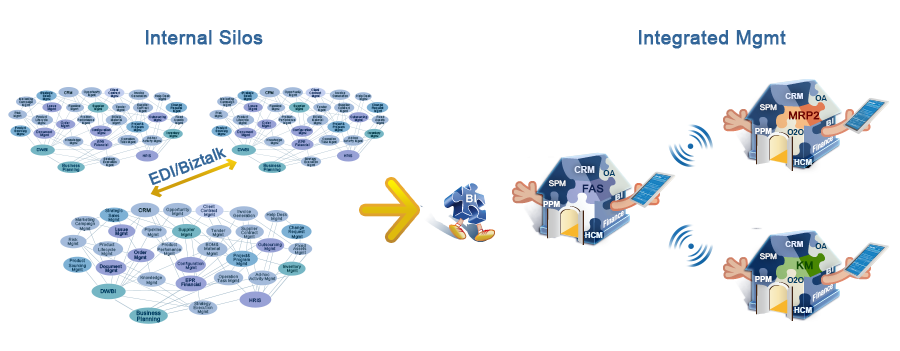
Since an enterprise must conduct businesses with buyers, partners and suppliers, its external connectivity and information exchange and transactional efficiency is very important to its business and operations. EDI and similar products have existed for decades and they aren’t widely adopted because their document-translation-and-exchange approach is too costly to implement and too hard to use. They also can’t solve the people connectivity issue.
8Manage tremendously simplified the problems by providing the homogeneous environment for the enterprise and their buyers, partners and suppliers. In the EDI environment, an order much be translated from the buyer side, sent to the sell side and be translated again on the sell side. Even after all the work is done, it is still possible that all the sell side gets is an translated electronic document and manual processing is still required. In the 8Manage environment, an order is a database object and no translation is needed on the buy side before it is sent to the sell side. Once the “Send” command is triggered, the 8Manage system will automatically create a corresponding database object (order received from client) for the sell side. It is virtually zero effort, zero cost and zero time for this operation. -
Extend Reach With Mobile Apps
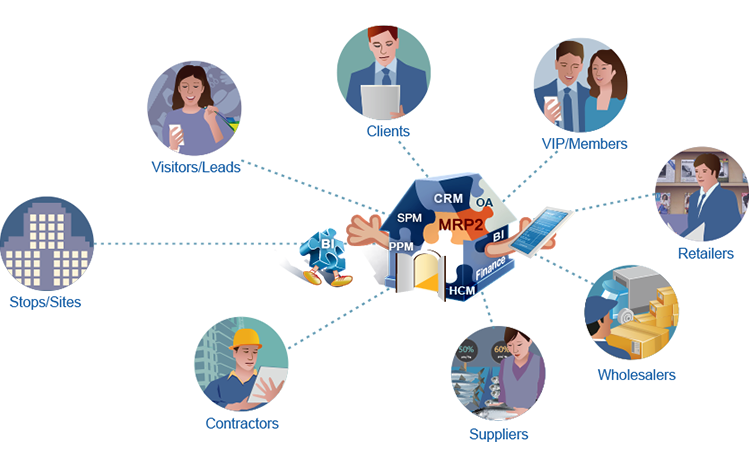
8Manage mobile apps help our clients to increase their reaches to their clients, partners, suppliers and even internal users that they couldn’t reach before. The obvious ones are shoppers, VIP’s and members while they aren’t in their office or home. The less obvious ones are construction managers, food dealers and news stand owners whose workplaces have no network and PC. With mobile apps, all these people can easily connected online via cellular network and use the simple app interface to communicate.
-
Much Faster & Lower-cost to Customize

8Manage application model tremendously reduced the complexity and makes customization much easier. There is impossible one single customization method is applicable to all situations. The type of customizations related to defining new types, fields, screens/pages, flows and reports are best to be done via DIY. The type of customizations related to changing or extending the existing logics of the system are best to be done with SDK/API. Finally, the type of customizations that require altering the structure of the system are best to be done by specialists who best know the system design best. Using wrong methods for the wrong situation will not result in cost-saving but higher cost-and-time or worse the objective can’t be met. We offer the following 3 different choices:
- (1) Point-and-click customization
- (2) SDK/API customization
- (3) Original development team to customize for you
Our customers can select one of the above customization methods to suit their needs.



